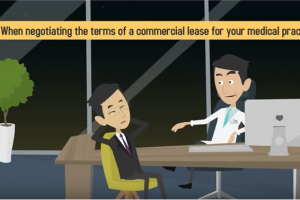OSHA, or the Occupational Safety and Health Administration, is a government agency that provides protective provisions for workers within their work environments. Being OSHA-compliant means establishing a safe work environment that meets OSHA’s guidelines. Not only does compliancy protect you and your employees from work-related injuries; it greatly reduces the instances of costly worker’s compensation payouts and lawsuits.
In order to become OSHA-compliant, simply follow these 7 steps:
1. Educate your staff about potentially hazardous materials and create a preventative action plan for each hazardous substance in your practice.
2. Develop and distribute an emergency plan that directs employees in the case of injury, national disaster, or other emergency.
3. Create an evacuation plan in case of fire and familiarize your staff with exit routes.
4. Make sure your practice has the appropriate number of fire exits as required by OSHA.
5. Follow OSHA guidelines for hallway obstructions, slippery floors, workplace clutter, and potential hazards like ladders.
6. Make sure non-medical staff are trained in basic First Aid and know the location of your office’s First Aid kits.
7. Stay up-to-date with changes in OSHA requirements, and post any updates in a highly visible area of your practice.
By following this 7-step system, your medical practice will remain OSHA compliant while creating a safe, secure workplace for your employees.
To learn more about practice setup, finance, billing, insurance, coding, outsourcing…everything a health care provider need to succeed, join DoctorsBusinessNetwork.com or visit Doctors Business Channel on YouTube!



